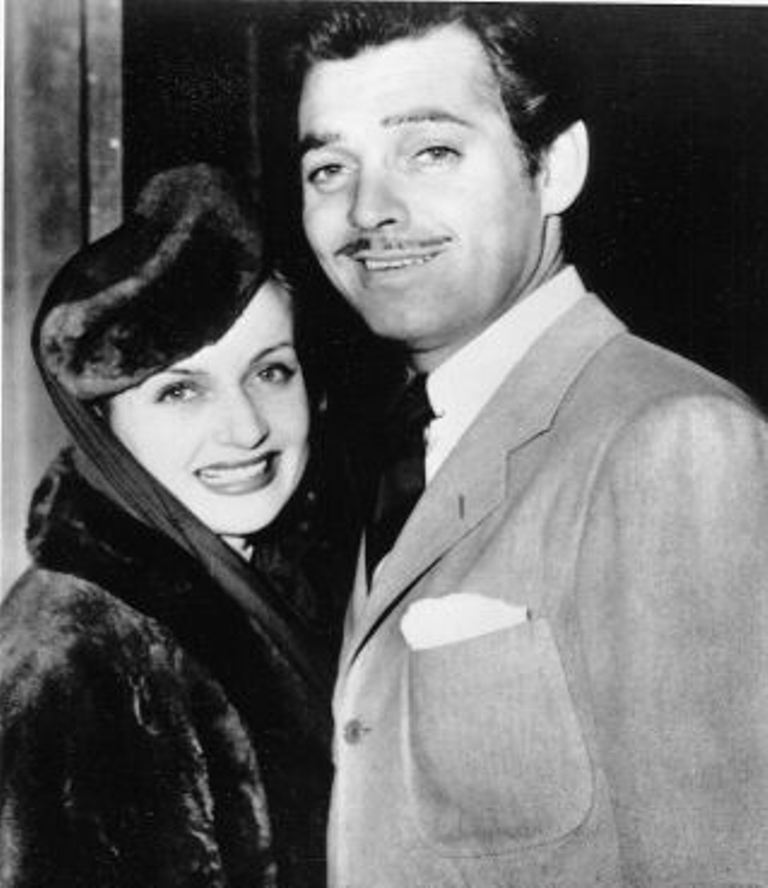Our style, as already noted, is screwball comedy, though we went for a different type of screwball comedy. Most screwball comedies include romantic interests, but we chose to remove this part of the typical screwball comedy to avoid conflict with the Hays Code and to appeal to Howard Hawks' famous "Hawksian woman." Hawksian women are depicted as a dominating figure when juxtaposed with the male character, and I thought it'd be interesting to stretch the definition make the woman independent of a concrete romantic relationship. Also, we incorporated gangster elements into the film. We did have to change some aspects to concur with the Hays Code, for example, we were wary of showing any weapons, so Carole Lombard had to become this incompetent character. With all these elements though, we chose not to have a have a message, going with an escapist sentiment. I thought this would really appeal to audiences because they just want to escape the monotony and depression of their lives at the time.
The studio we chose to work with was Columbia Pictures. The scale of the film would be medium sized given the actors (even though all of their careers were simply budding at this point) and because a big budget film could have potentially hurt Columbia Pictures. And although it was a relatively small movie studio, we thought it would work well because they were famous for their screwball comedies and their resident screwball comedy director, Howard Hawks. Hawks was a perfect choice for our movie both for his abilities as a director and for his connection with Carole Lombard: [fun fact!] they were second cousins! So we definitely thought it'd be good for them to work together. Lombard gained her beginnings in screwball comedies, and we thought she'd be a perfect fit for the role of this wacky character. As for Clark Gable, we thought he'd be a great character foil for Lombard's headstrong character. He has pretty charming, good looks so we thought it'd be interesting to see him a little exasperated with different emotions. Plus, later in their careers, Gable and Lombard end up married, so they obviously had chemistry and could work well together on set. And for Shirley Temple, we thought it'd be great to incorporate her because she was just a budding star at the time. Also I noted in other films, she was a pioneer in the idea of children being represented as more cognizant than the adults around them. So I thought it'd be overall interesting parts for all the actors and very representative of their abilities.
In terms of what we'd like to highlight, I thought it'd be a great idea to focus on costume and makeup. This would fit well with our story because the main character, Lucy (Lombard), would need to have extensive changes in the demeanor of her character as she grows older and turns to crime. Two significant people of the era I chose to represent this monumental task were Maurice Seiderman for makeup and Edward Stevenson for costume design. Both later work together for the development on "Citizen Kane," and after watching the movie, you can see what leaps and bounds they went to for their respective position. The makeup and costume design was what really stood out to me while watching "Citizen Kane," and I saw our movie as a launching point in their careers for them to experiment with their profound abilities.
In all, I don't think I would change too much of our film. But I think that we spent a lot of time contemplating how to get around the Hays Code and less time thinking about how to make the movie great and different. So that's my only critique.


No comments:
Post a Comment